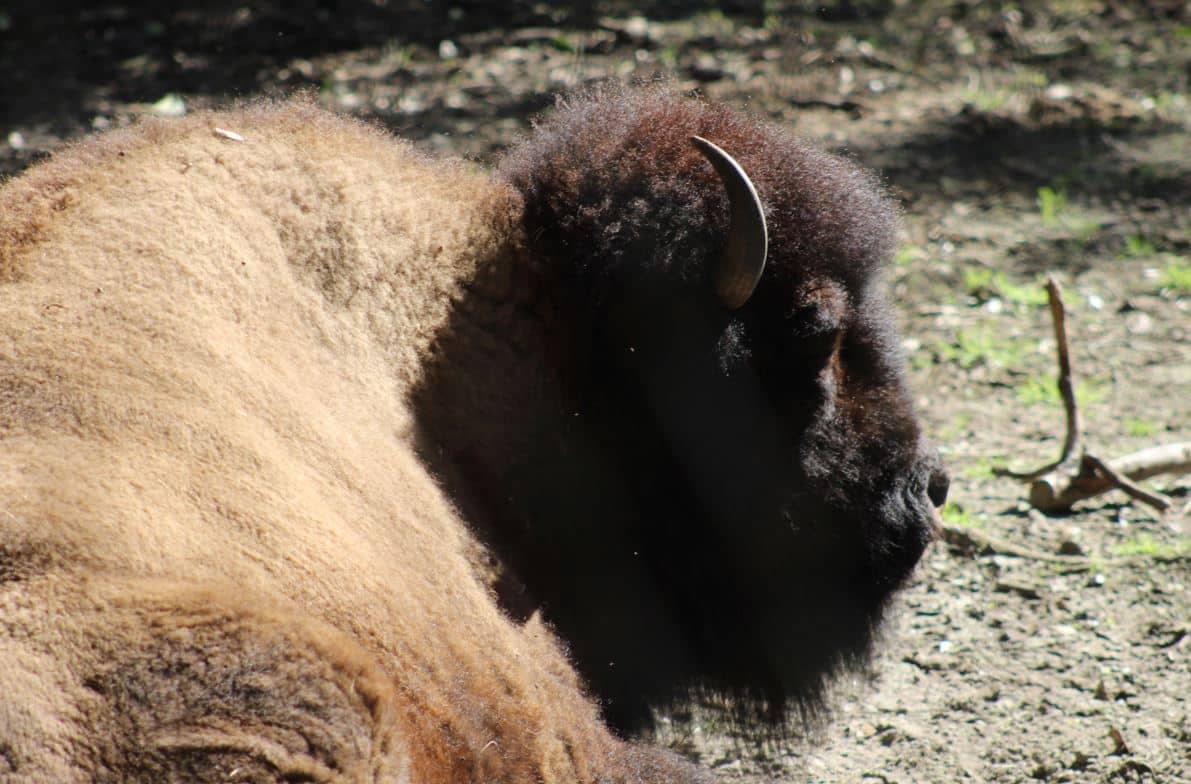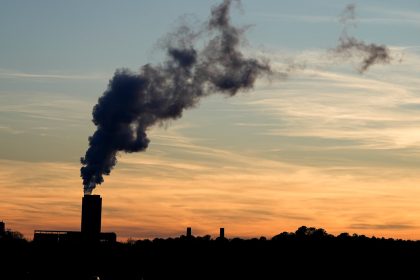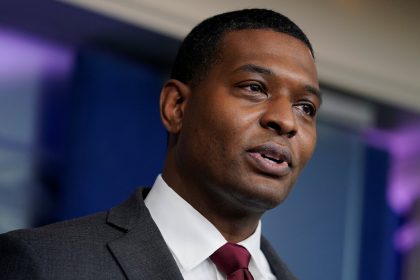Interior Dept. Moves to Restore Wild Bison on Tribal Lands

WASHINGTON — The Interior Department is investing over $25 million from the Inflation Reduction Act to advance an effort to restore wild and healthy populations of American bison and the prairie grassland ecosystem.
Through a wide-ranging initiative announced last week, the department will empower its bureaus and partners to employ “the best available science” to restore the bison population.
“The American bison is inextricably intertwined with Indigenous culture, grassland ecology and American history,” said Interior Secretary Deb Haaland in a written statement.
“While the overall recovery of bison over the last 130 years is a conservation success story, significant work remains to not only ensure that bison will remain a viable species but also to restore grassland ecosystems, strengthen rural economies dependent on grassland health and provide for the return of bison to tribally owned and ancestral lands,” she said.
“New historic funding from the Inflation Reduction Act will help support the department’s efforts to restore this iconic species and integrate indigenous knowledge into our shared stewardship goals,” Haaland added.
According to the Interior Department, American bison once numbered 60 million in North America, with the population anchored in what is now the central United States.
Many Indigenous cultures, especially in areas where the species was most abundant, developed strong ties with bison and relied upon them for sustenance, shelter, and cultural and religious practices.
In the 19th century, bison were nearly driven to extinction through uncontrolled hunting and a U.S. policy of eradication tied to intentional harm against and control of tribes. By 1889, only a few hundred wild bison remained.
The persecution of bison contributed to the decline of healthy grassland ecosystems and, eventually, to the Dust Bowl in the 1930s. The loss of the keystone species, coupled with land conversion, led to declines of other important grassland wildlife, such as migratory birds and pollinators.
Beginning in the early 20th century, with the support of President Theodore Roosevelt, conservationists and scientists made a collective effort to restore the American bison.
Since then, careful conservation and restoration efforts have increased the number of wild bison in the United States from fewer than 500 to more than 15,000.
The department currently manages 11,000 bison in herds across 4.6 million acres of U.S. public lands in 12 states.
Despite the gains over the past century, bison remain functionally extinct to both grassland systems and the human cultures with which they coevolved.
The department believes advancing bison restoration efforts to the grassland will enhance soil development, restore native plants and wildlife, and promote carbon sequestration, providing benefits for agriculture outdoor recreation, and tribes.
To bring all this to fruition, Haaland has issued Order 3410, which formally establishes a Bison Working Group, which will be composed of representatives from the Bureau of Indian Affairs, Bureau of Land Management, U.S. Fish and Wildlife Service, National Park Service and U.S. Geological Survey.
The working group will develop a Bison Shared Stewardship Plan, which will establish a comprehensive framework for American bison restoration, including strengthening long-term bison conservation partnerships. Central to the development of that plan will be robust engagement with tribes, including prioritizing tribally led opportunities to establish new large herds owned or managed by tribes and tribally led organizations.
The order also directs the Bureau of Indian Affairs to establish a Bison Management Apprenticeship program, in collaboration with the other agencies.
This new program will work to ensure that tribes that manage bison herds on their own lands or through co-stewardship agreements will benefit from training and knowledge sharing to support talent and capacity in their communities, including opportunities for hands-on experience supported by national parks and national wildlife refuges.
Dan can be reached at [email protected] and at https://twitter.com/DanMcCue























